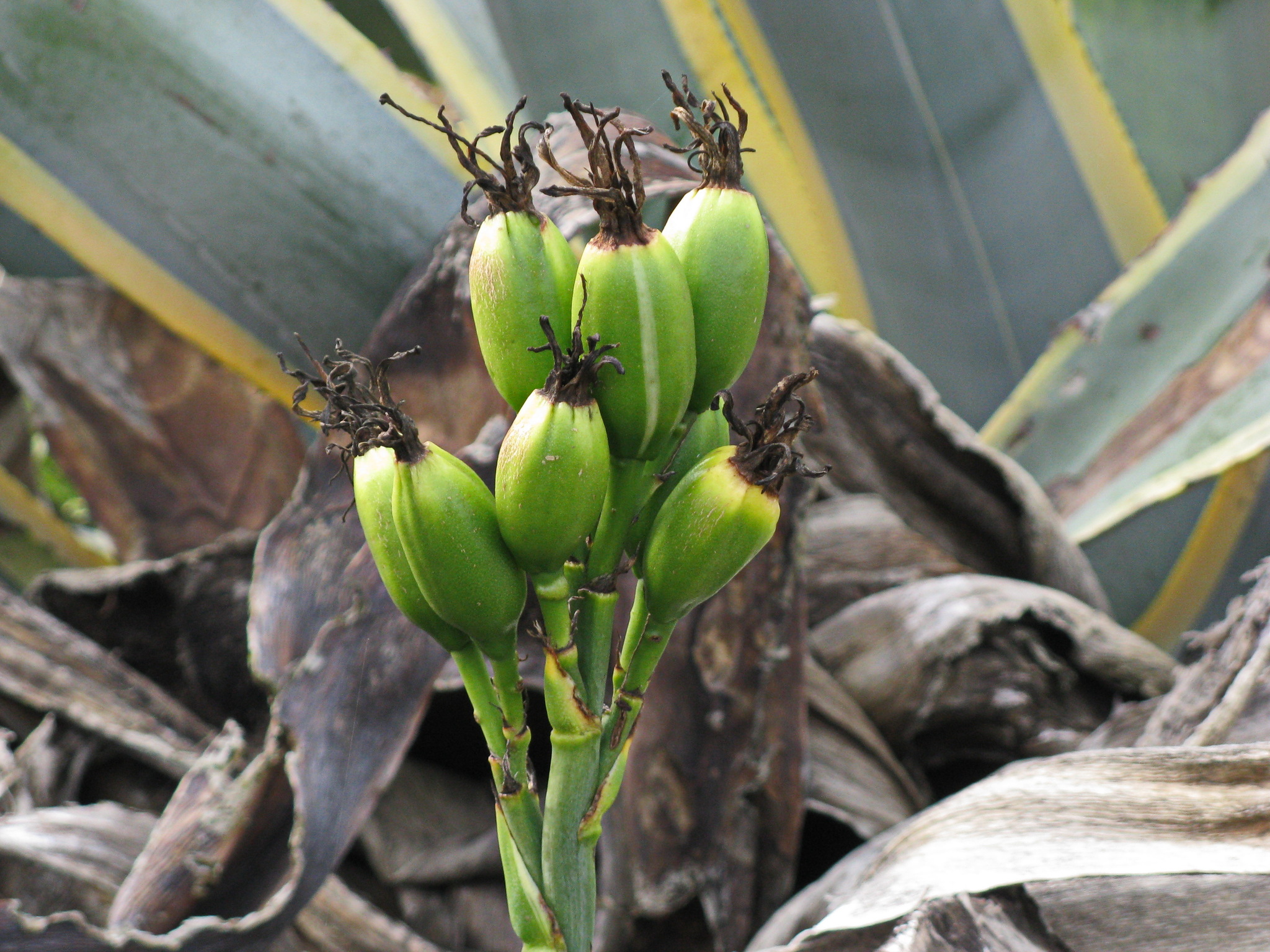
Greek agavos – noble or admirable.
Plants stemless, rosettes dying after monocarpic flowering. Leaves long-lived, fleshy to succulent, fibrous, linear-lanceolate to ovoid, spine-tipped. Inflorescence a terminal panicle, often bulbiferous. Flowers bisexual, campanulate, cream to green. Sepals and petals similar or dimorphic, fused to form a tube, tips free. Stamens 6, exserted. Ovary inferior, 3-locular. Fruit a dehiscent capsule. Seeds compressed, black.
Grown for the fleshy, spiked forms. Succulent plant collections may contain many additional species.
About 160 species in N and S America, but with a concentration of species in C America, particularly Mexico. 3 species are naturalised in Australia and about 6 are commonly cultivated.
Seeds or suckers, bulbils in some species.
Flowers with exserted stamens and with inferior ovary.
Trelease (1913), Gentry (1972, 1982), Forster (1986, 1987, 1992), Nobel (1994).
Source: (2005). Agavaceae. In: . Horticultural Flora of South-eastern Australia. Volume 5. Flowering plants. Monocotyledons. The identification of garden and cultivated plants. University of New South Wales Press.
